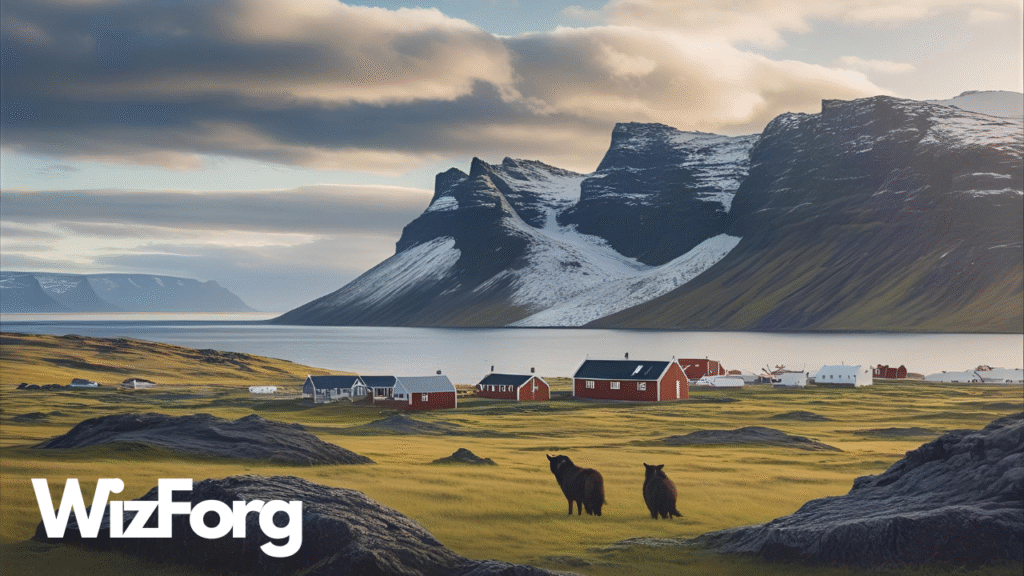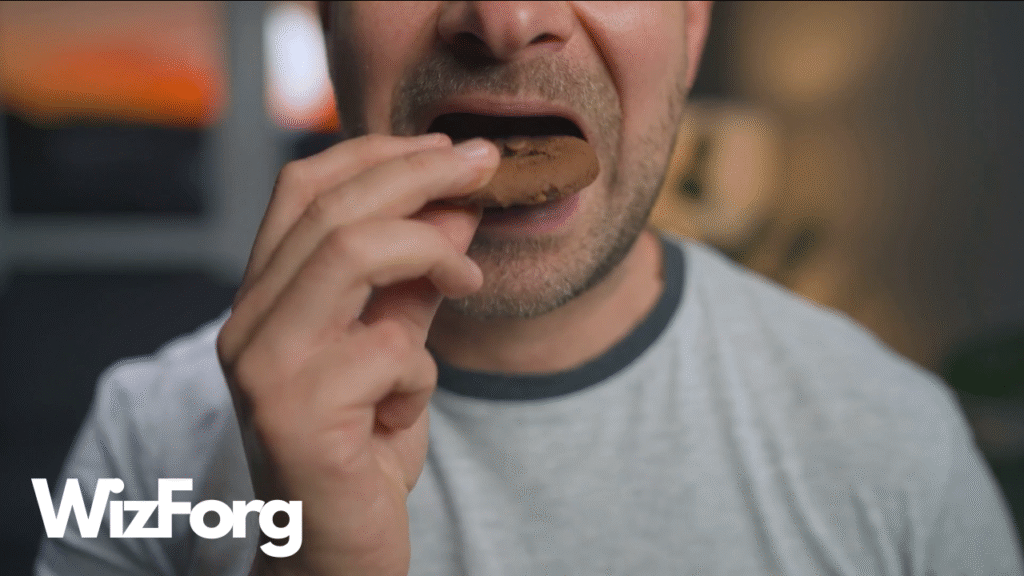If you ever visit Iceland and browse the phonebook—or even scan the credits of a local TV show—you’ll notice something odd: everyone seems to be on a first-name basis. That’s not because Icelanders are overly casual. It’s because the country doesn’t use last names the way the rest of the world does.
So how does a whole country function without family surnames? The answer lies in a centuries-old naming system that’s still alive today—and it’s a fascinating window into Icelandic culture.
How the Icelandic Naming System Works
In most of the world, last names are inherited. If your parents are named Smith or Garcia, chances are you are too. In Iceland, things work a little differently.
Instead of family surnames, Icelanders use patronymics—and occasionally matronymics—which are based on a parent’s first name.
Here’s how it works:
- If your father is named Jón and you’re a boy, your last name would be Jónsson (“son of Jón”).
- If you’re a girl, you’d be Jónsdóttir (“daughter of Jón”).
- If your mother’s name is Sigríður and she’s listed as your official naming parent, you might be Sigríðarson or Sigríðardóttir.
Each generation gets a new last name based on the first name of a parent. So siblings might share similar last names—but cousins or future generations won’t. The result? No true family surname is passed down.
Why It’s Done This Way
This tradition comes from the Old Norse system used by Vikings and early settlers in Iceland. The country’s population has always been relatively small and isolated, which helped preserve this naming custom while much of the world moved on to fixed family names.
In Iceland, people are more commonly referred to by their first names—even in official settings. Teachers, doctors, politicians, and even the president are addressed by their given names. It’s a culture built on informality and equality.
What About Modern Records and Bureaucracy?
You might wonder: doesn’t this cause problems with ID cards, databases, or global travel?
Not really.
Iceland’s naming system is well integrated into its national registry. Each citizen has a unique identification number, and their patronymic or matronymic serves as a legal last name—even if it changes with each generation.
When Icelanders travel abroad, though, they sometimes have to explain their names or get used to systems that expect inherited surnames. It’s a cultural quirk that doesn’t always translate well in passport controls or online forms.
Can Icelanders Choose Any Name? Not Quite
There are naming rules in Iceland—and a government committee that enforces them.
The Icelandic Naming Committee must approve all new given names. The idea is to preserve the language and cultural heritage. Names must fit Icelandic grammar, spelling, and pronunciation. If you want to give your child a name that doesn’t follow the rules, you have to apply for special approval.
For example, the name “Harriet” was once denied because it couldn’t be declined in Icelandic. That may sound strict, but it’s part of how Iceland maintains its linguistic and cultural identity.
Why It Matters
This naming tradition isn’t just a fun fact—it reflects how Icelandic society values equality, individual identity, and its historical roots. By resisting the global trend of inherited surnames, Iceland preserves a living link to its Viking ancestry.
It also helps flatten social hierarchies. Without surnames tied to status or legacy, Icelanders are seen more as individuals than as members of dynasties. It’s a subtle but powerful cultural statement.
Final Thoughts
So, does Iceland have no last names? Technically, it does—but not the kind most people are used to. Instead, it has a system that’s personal, dynamic, and deeply tied to identity.
Next time you meet an Icelander, don’t ask about their “family name.” Just ask who their parent is—and you’ll probably have their full name figured out.
Want more surprising cultural insights like this?
Visit Wizforg.com for stories that explore the strange, brilliant, and little-known ways people live around the world. And subscribe to our YouTube channel for videos that take you deeper than a travel guide ever could.



